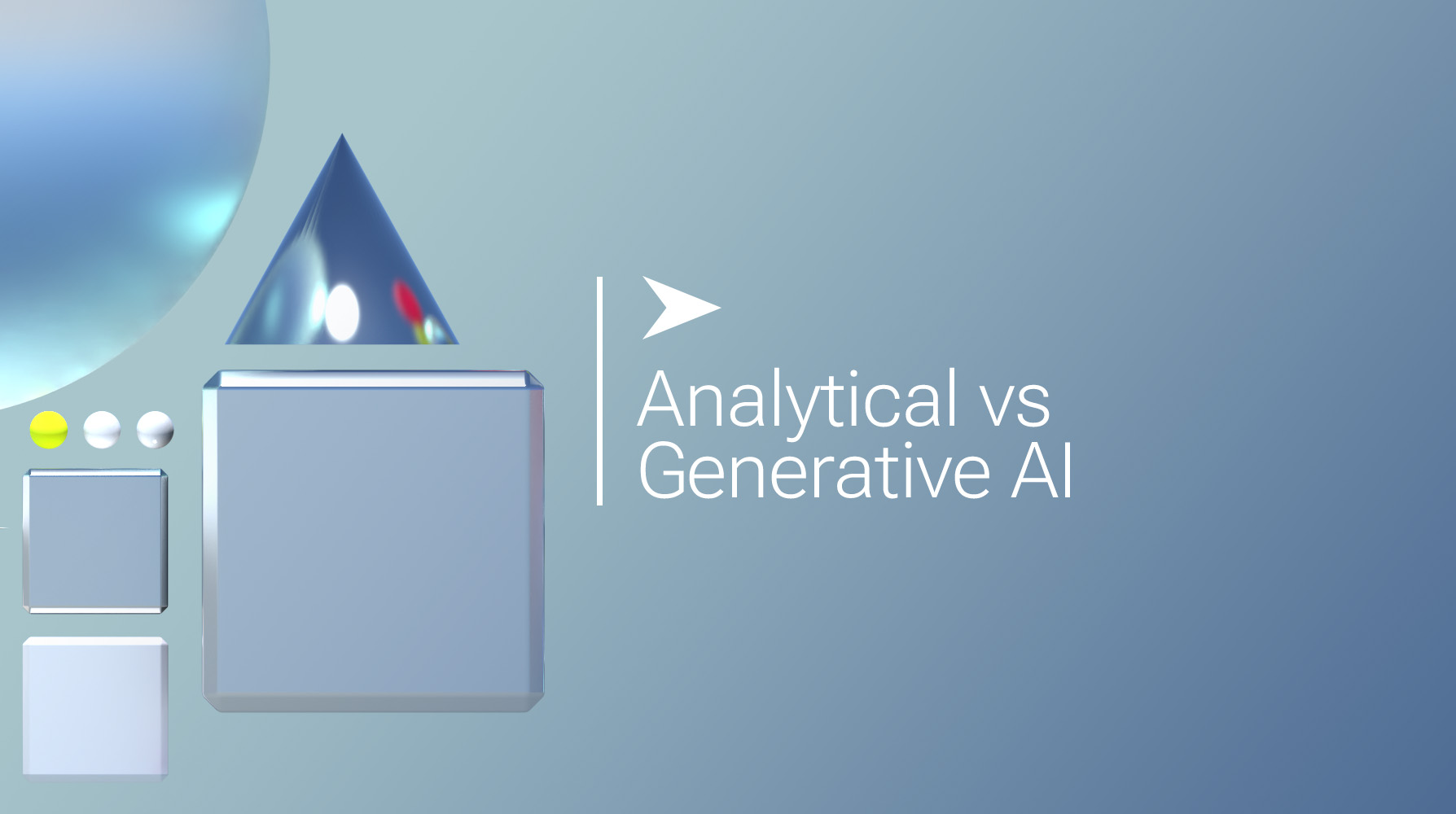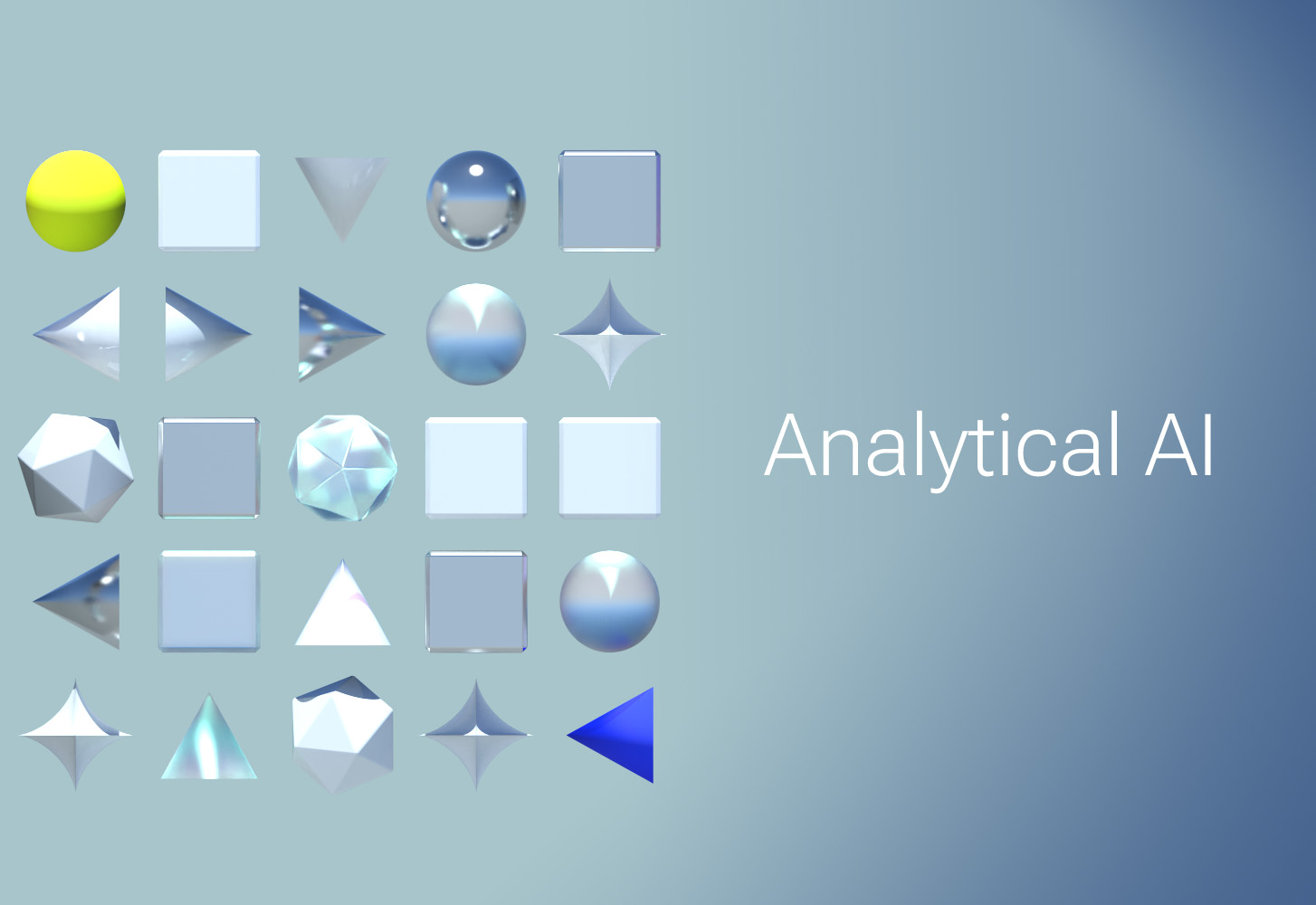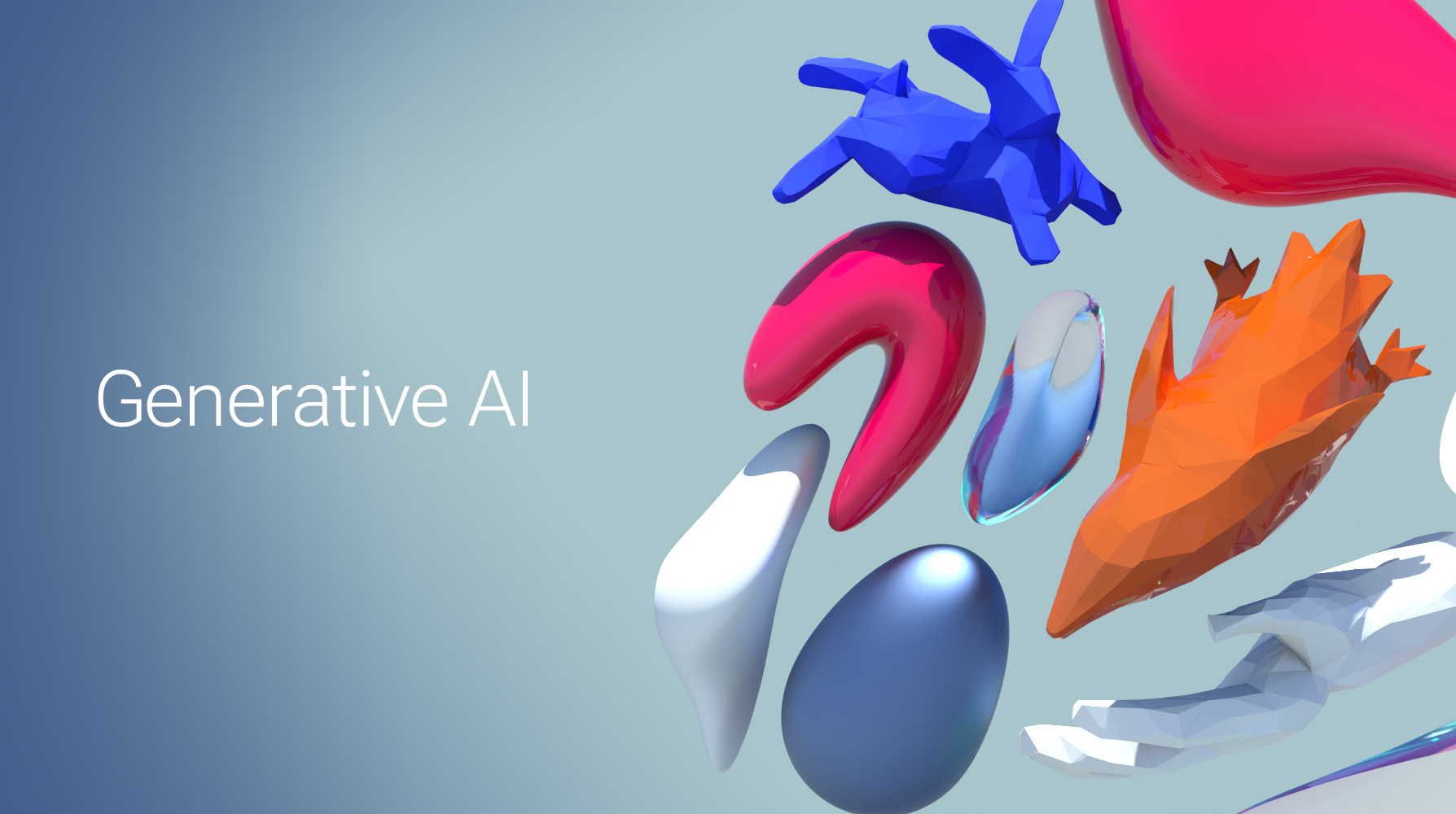
In the rapidly evolving world of artificial intelligence, two distinct branches stand out: Analytic vs Generative AI. These two paradigms serve different purposes and have unique applications across various industries. In this blog post, we’ll explore the differences between Analytic AI and Generative AI, providing insights into their capabilities and potential uses. Understanding these differences will help you leverage the right type of AI for your specific needs.
What is Analytic AI?
Analytic AI focuses on analyzing data to extract meaningful insights and support decision-making processes. It primarily deals with structured data and uses statistical methods, machine learning algorithms, and data mining techniques to identify patterns, trends, and correlations. Analytic AI is widely used in business intelligence, finance, healthcare, and other sectors where data-driven decisions are crucial.
Key Features of Analytic AI
- Data Analysis: Analytic AI excels at processing large volumes of data to uncover hidden patterns and trends.
- Predictive Modeling: It uses historical data to predict future outcomes, helping organizations make informed decisions.
- Optimization: Analytic AI optimizes processes and operations by identifying inefficiencies and suggesting improvements.
- Descriptive Insights: It provides descriptive insights by summarizing and visualizing data in an easily understandable format.
Real-World Applications of Analytic AI
- Business Intelligence: Analyzing sales data to identify top-performing products and customer segments.
- Financial Services: Predicting stock market trends and assessing credit risks.
- Healthcare: Diagnosing diseases based on medical imaging and patient data.
- Marketing: Segmenting customers and personalizing marketing campaigns.
What is Generative AI?
Generative AI, on the other hand, focuses on creating new content by learning patterns from existing data. It uses deep learning techniques, such as generative adversarial networks (GANs) and transformer models, to generate text, images, music, and more. Generative AI has gained significant attention for its ability to produce human-like content and has applications in creative industries, content creation, and beyond.
Key Features of Generative AI
- Content Creation: Generative AI can create realistic images, videos, music, and text.
- Imagination and Innovation: It can generate new ideas and designs, pushing the boundaries of creativity.
- Personalization: Generative AI can tailor content to individual preferences, enhancing user experiences.
- Data Augmentation: It generates synthetic data to augment training datasets, improving the performance of machine learning models.
Real-World Applications of Generative AI
- Art and Design: Creating unique artwork, fashion designs, and architectural concepts.
- Content Generation: Writing articles, generating marketing copy, and creating chatbots.
- Entertainment: Producing music, generating game levels, and developing virtual characters.
- Healthcare: Generating synthetic medical images to train diagnostic models.
Analytic vs. Generative AI: A Comparative Analysis
While both Analytic AI and Generative AI leverage machine learning and deep learning, their purposes and applications differ significantly.
Purpose
- Analytic AI: Focuses on analyzing and interpreting existing data to derive insights and make predictions.
- Generative AI: Focuses on creating new content by learning from existing data patterns.
Data
- Analytic AI: Primarily deals with structured data and statistical analysis.
- Generative AI: Works with both structured and unstructured data, including images, text, and audio.
Applications
- Analytic AI: Used in data-driven decision-making, process optimization, and predictive analytics.
- Generative AI: Used in content creation, creative industries, and personalized experiences.
Techniques
- Analytic AI: Utilizes machine learning algorithms, statistical methods, and data mining techniques.
- Generative AI: Employs deep learning techniques, such as GANs and transformers.
Choosing the Right AI for Your Needs
When deciding between Analytic AI and Generative AI, consider your specific requirements and objectives. If your goal is to extract insights from data, make predictions, and optimize processes, Analytic AI is the way to go. On the other hand, if you need to generate new content, innovate creatively, or personalize user experiences, Generative AI is the ideal choice.
Whichever type of AI model is a fit for you, Velocity Micro has the right workstation solution. Check out our AI PCs to find what’s right for you, or call our experts at 804-419-0900 for assistance.
Josh Covington
Latest posts by Josh Covington (see all)
- RTX 6000 Pro Blackwell - July 1, 2025
- What is CUDIMM? - January 29, 2025
- X870 vs B850: Choosing the Right Motherboard for Your Build - January 17, 2025


Great Blog! Analytic AI helps with insights, and Generative AI creates content. Combining them could be powerful in areas like healthcare or marketing.
This blog does a fantastic job of demystifying the differences between analytic and generative AI. The clear examples help bridge the gap between theoretical understanding and practical applications. Great read!
I farted while reading this.